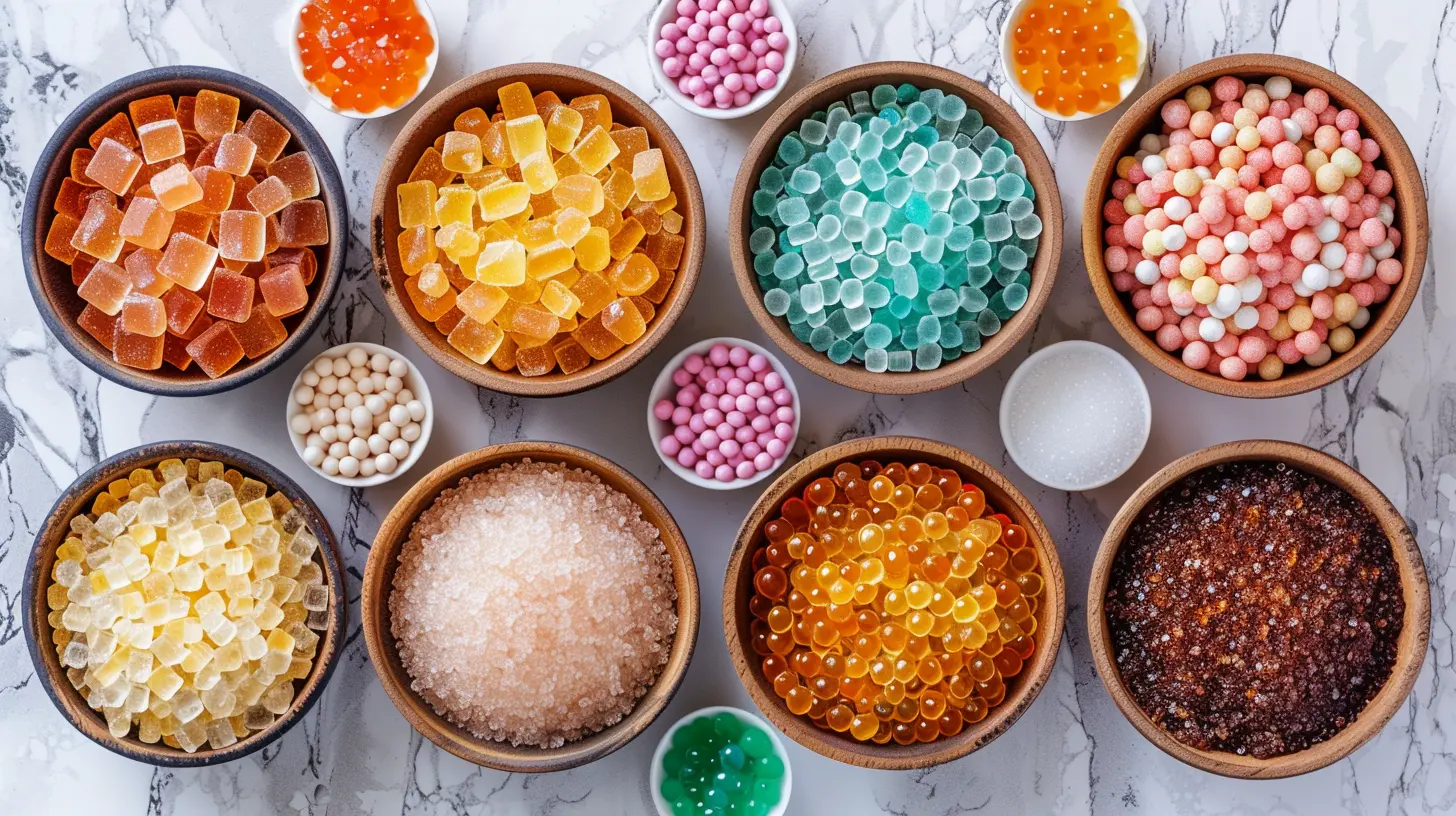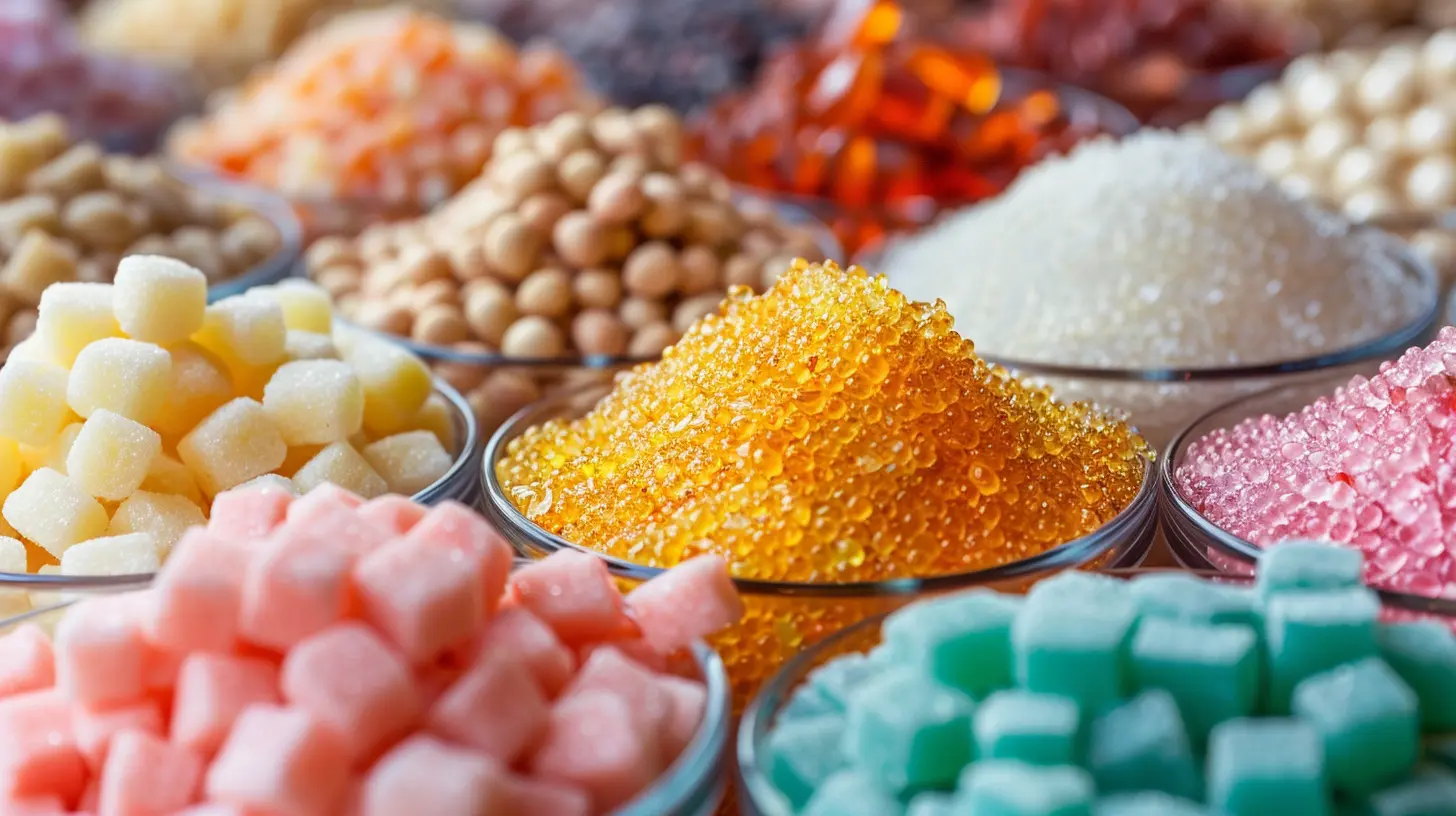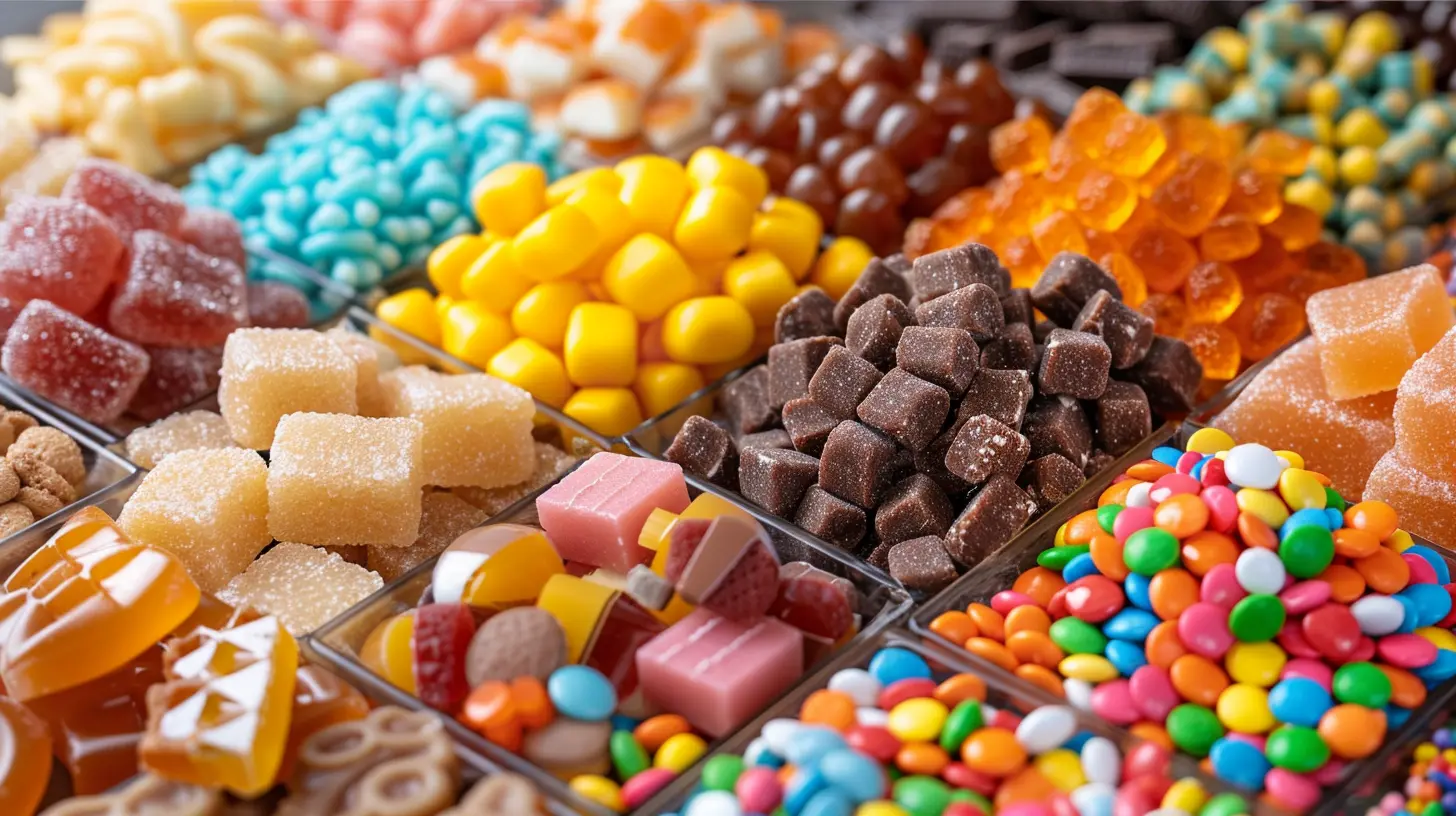Label Reading 101: Spotting Hidden Sugars in Packaged Foods
7 August 2025
Ever picked up something labeled “healthy” or “low-fat,” only to find out later it was packed with more sugar than a donut? Yeah, we’ve all been there. Let’s be real—food labels can be downright sneaky. Sugar hides under tons of weird names, and if you're not paying close attention, it can slip right into your shopping cart without you even knowing it.
In this guide, we’re breaking down everything you need to know about reading labels like a pro. Whether you're trying to reduce your sugar intake, manage your weight, or simply want to make more informed food choices, this is your go-to crash course on how to spot hidden sugars in packaged foods.
Why Sugar is Such a Big Deal
Before we dive into the how-to, let’s talk about why sugar is worth watching in the first place. Sure, sugar makes things taste better (who doesn't love a cookie once in a while?), but too much of it? That’s where trouble starts.Excess sugar in the diet is linked to a ton of health issues—think weight gain, type 2 diabetes, inflammation, fatigue, heart problems, and even acne. And no, it’s not just the candy and soda that are culprits. It’s often the “healthy” snacks, granola bars, salad dressings, and even your favorite whole wheat bread.
So yeah, sugar’s sneaky. But with a little know-how, you can stay one step ahead.
The Basics of Nutrition Labels
Let’s start at the beginning: the Nutrition Facts panel.You’ve probably seen it a million times—usually tucked on the back or side of the package. But how often do you actually read it? If you want to outsmart hidden sugars, this is your best friend.
Serving Size Matters—Big Time
First things first—check the serving size. It might say “1 serving” is just half a cup, but you eat the whole package. That doubles or triples everything on the list, including sugar.Surprised? Food companies love using smaller serving sizes to make the numbers look better.
Sugars and “Added Sugars”
Next up, scroll down to where it says “Total Sugars” and “Added Sugars.”- Total Sugars includes both natural sugars (like those in fruit or milk) and added sugars.
- Added Sugars are the ones you really want to watch. These are extra sweeteners added during processing—syrups, white sugar, brown sugar, and so on.
The American Heart Association recommends limiting added sugars to no more than:
- 36 grams per day for men
- 25 grams per day for women
To put that into perspective, a single flavored yogurt cup can have 20+ grams of added sugar. Shocking, right?
Sneaky Names for Sugar
Here’s where label reading becomes detective work—sugar rarely shows up on a label just as “sugar.” It wears disguises. Lots of them.Here are over 50 names sugar goes by:
Common Names for Sugar:
- Cane sugar- Brown sugar
- Turbinado sugar
- Beet sugar
- Raw sugar
Syrups and Sweeteners:
- High-fructose corn syrup (HFCS)- Corn syrup
- Malt syrup
- Rice syrup
- Maple syrup
- Agave nectar
- Honey (yes, it's natural, but still sugar!)
Scientific-Sounding Names:
- Dextrose- Maltose
- Fructose
- Glucose
- Sucrose
- Lactose (in dairy)
“Natural” But Still Sugar:
- Fruit juice concentrate- Evaporated cane juice
- Coconut sugar
- Date sugar
- Molasses
So, if you see any of these in the ingredients list (especially near the top), you're likely dealing with added sugars.
Hot tip: Ingredients are listed in order of quantity—if sugar or its aliases show up in the first few ingredients, the product is high in sugar.
Tricky Marketing Terms to Watch For
Marketers are clever—and sneaky. They know people are trying to eat healthier, so they use buzzwords to paint sugary foods in a better light.Here are a few common traps:
“All-Natural”
Sounds great, right? But “natural” has no official definition when it comes to sugar. Even cane sugar is “natural.” Doesn’t mean it’s healthy.“No Sugar Added”
This doesn’t mean the product is sugar-free. It just means no sugar was added during processing. It could still have loads of natural sugars from fruit juice or milk.“Low-Fat” or “Fat-Free”
Removing fat often means one thing—adding more sugar to make it taste good. Always check the label.“Light” or “Lite”
Same deal. These versions may have fewer calories or fat, but may load up on sugar to compensate for flavor.Where Sugar Hides (and You’d Least Expect It)
What’s crazy is how many foods sneak sugar in where you’d never expect it. Here are a few surprise sugar bombs that often fly under the radar:- Salad dressings – One serving can have 5–7 grams of sugar.
- Tomato sauces and ketchup – Up to 12 grams in just a few spoonfuls.
- Granola and cereal – Some “healthy” brands pack 15+ grams per serving.
- Nut butters – Always go for the “just nuts” versions.
- Flavored yogurts – Swap for plain and sweeten with your own fruit.
- Bread, wraps, and buns – Even “whole grain” ones often sneak in sugar.
- Plant-based milks – Look for “unsweetened” labels.
- Protein bars and energy drinks – Often disguised as “fitness” products.
Moral of the story: sugar sneaks into savory and “health” foods too.
How to Outsmart Sugar—Practical Tips
Alright, now that you’re aware of the sugar traps, let’s talk about how to dodge them.1. Stick to Whole Foods
Easiest way to avoid hidden sugar? Eat mostly real, whole foods—veggies, fruits, proteins, whole grains, and healthy fats. These come without nutrition labels (and hidden ingredients).2. Cook More at Home
That way, you control what goes in your food. No mystery sauces or sweetened additives.3. Look for “Unsweetened” Versions
Whether it's nut milk, yogurt, applesauce, or peanut butter, always go for the unsweetened version and sweeten it yourself if needed—with fruit or spices like cinnamon.4. Compare Brand Labels
Not all brands are created equal. One brand’s granola might have twice the sugar of another. Take 60 seconds to compare—you’ll be surprised.5. Train Your Taste Buds
If you’re used to super sweet everything, your taste buds get desensitized. Start cutting down slowly, and over time, you’ll start tasting the natural sweetness of real foods.Mind Over Marketing
Let’s face it—food labels are designed to sell, not inform.The front of a package might say “Made with Whole Grains” or “Heart Healthy,” but it’s the back (and fine print) where the truth lives. Remember, a “healthy-looking” food isn’t always a healthy choice.
Being an informed label reader gives you power. You’re not just a consumer—you’re the boss of what goes into your body.
The Hidden Sugar Shopping Checklist
Next time you go grocery shopping, keep this mental checklist:☐ Check the serving size (is it realistic?)
☐ Look at “Total Sugars” and “Added Sugars”
☐ Scan the ingredients list for hidden sugar names
☐ Be cautious with claims like “natural,” “lite,” or “low-fat”
☐ Choose the unsweetened version when possible
☐ Compare brands and pick the lower sugar option
☐ Opt for whole, minimally processed foods
Final Thoughts: Be Sugar Smart, Not Sugar Scared
Let’s be honest. A little sugar here and there isn't going to ruin your life. We’re not about fear-mongering or saying you can never have dessert again. It’s about being smart, not scared.Choosing to educate yourself about sugar means you're taking control of your health—one label at a time.
So, next time you’re at the store, pick up a product, flip it around, and give that label a good look. You’ve got this.
all images in this post were generated using AI tools
Category:
Sugar FreeAuthor:

Eileen Wood
Discussion
rate this article
1 comments
Joanna Bass
Thank you for this insightful article! Understanding how to read labels effectively is crucial for making healthier choices. Your tips on identifying hidden sugars will greatly enhance readers’ awareness and empower them to make informed decisions.
August 31, 2025 at 3:11 PM

Eileen Wood
Thank you for your kind words! I’m glad you found the tips helpful. Empowering readers to make informed choices is my goal!


